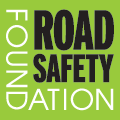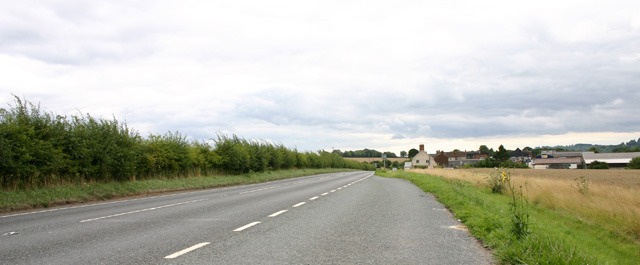EURORAP MAPS SAFETY ON TRANS-EUROPEAN ROADS
Less than a third of Europe’s major trading road routes meet the best possible safety standard to which EU nations have committed themselves on the network, according to an online digital report published today by EuroRAP.
The report for the first time provides comprehensive analysis of the safety of Europes TEN-T road network and highlights wide regional variations in safety standards and investment. Overall, the trans-European road network accounts for around 20,000 deaths and serious injuries each year, which EuroRAP estimates costs EU economies EUR10bn annually, excluding the cost of resulting traffic delays.
Of the 15 countries analysed in depth, Sweden, Netherlands, Great Britain and Switzerland top the league when it comes to achieving ‘best possible’ safety levels on the TEN-T network. More than half the network length in these countries meets the “best possible” standard. Even so, most of these countries have problem sections overdue for treatment.
The most remarkable country in the survey is Slovenia with its newly engineered network which is now outperforming most others. Nearly half (49 per cent) is awarded “best possible” rating but, away from the new TEN-T motorway network, road risk rates are commonly ten times higher.
The Czech Republic is making some progress and getting close to Belgium in performance with 15 per cent at “best possible” levels. Poland, Slovakia and Bosnia and Herzegovina have major challenges: only five per cent or less of the networks achieved “best possible” rating and their networks contained the most sections with high risk ratings.
The report shows that Italy and Spain rarely meet the “best possible” criteria in the survey period, although the majority of their networks achieves a second best rating. The nations of the British Isles achieve markedly different safety standards.
The top performing country in the survey is Sweden where 85 per cent of the network length achieves the low risk rating. According to EuroRAP, Sweden has pioneered new safe designs for roads which are not motorways and has committed to upgrade safety equipment on all significant single carriageways by 2025. This provides the model for all countries where traffic is too light to upgrade major routes to motorway.
The publication has been welcomed by the European Vice President responsible for Transport, Commissioner Siim Kallas. In a foreword to the report he states: “As we plan for actions to reduce road deaths in the next decade, we face exceptionally tight public finances. We must focus on priorities and concrete results. So I warmly welcome this report by EuroRAP which provides new factual insights into the safety performance of Europe’s major E-routes.
“As EuroRAP builds its European Road Safety Atlas, the safety performance of Europe’s roads is becoming more transparent,” he says. “The idea of mapping the safety of our roads to one common standard is proving highly effective. As each country is added, more of Europe’s citizens, policymakers and road engineers can share a common understanding about the variable safety performance of Europe’s road infrastructure. It is stimulating a new, practical and informed debate about what can and should be done given the high economic returns available from reducing road crashes.”
According to John Dawson, Chairman of EuroRAP, the organisation’s report strengthens the case for safer road design to be adopted throughout the EU.
“Our report shows that around a third of the TEN-T has reached an acceptable safety standard but there are many more flaws than many thought. There is still a long way to go to reach a consistently high standard throughout all regions. Where new motorways can be financed, the survey shows they are paying impressive dividends in safety. Immediate attention now needs to be paid to older motorways and the safety standards of roads which will never justify motorway status or for which the wait for finance will be measured in decades,” he says.
“Safe road design is paramount in reducing casualties on our roads and providing a safe infrastructure which protects all road users. We must reduce the needless personal loss caused by crashes and, with two per cent of GDP lost in road crashes, recognise the overriding economic case for investing in safer roads,” concludes Dawson.
EuroRAP’s report, How Safe are you on Europe’s Trade Routes? Measuring and mapping the safety of the TEN-T road network, is based on a sample which covers around half of the entire TEN-T road network spread across 15 countries in the EU and immediate neighbours. The report can be viewed in our online digital report.


